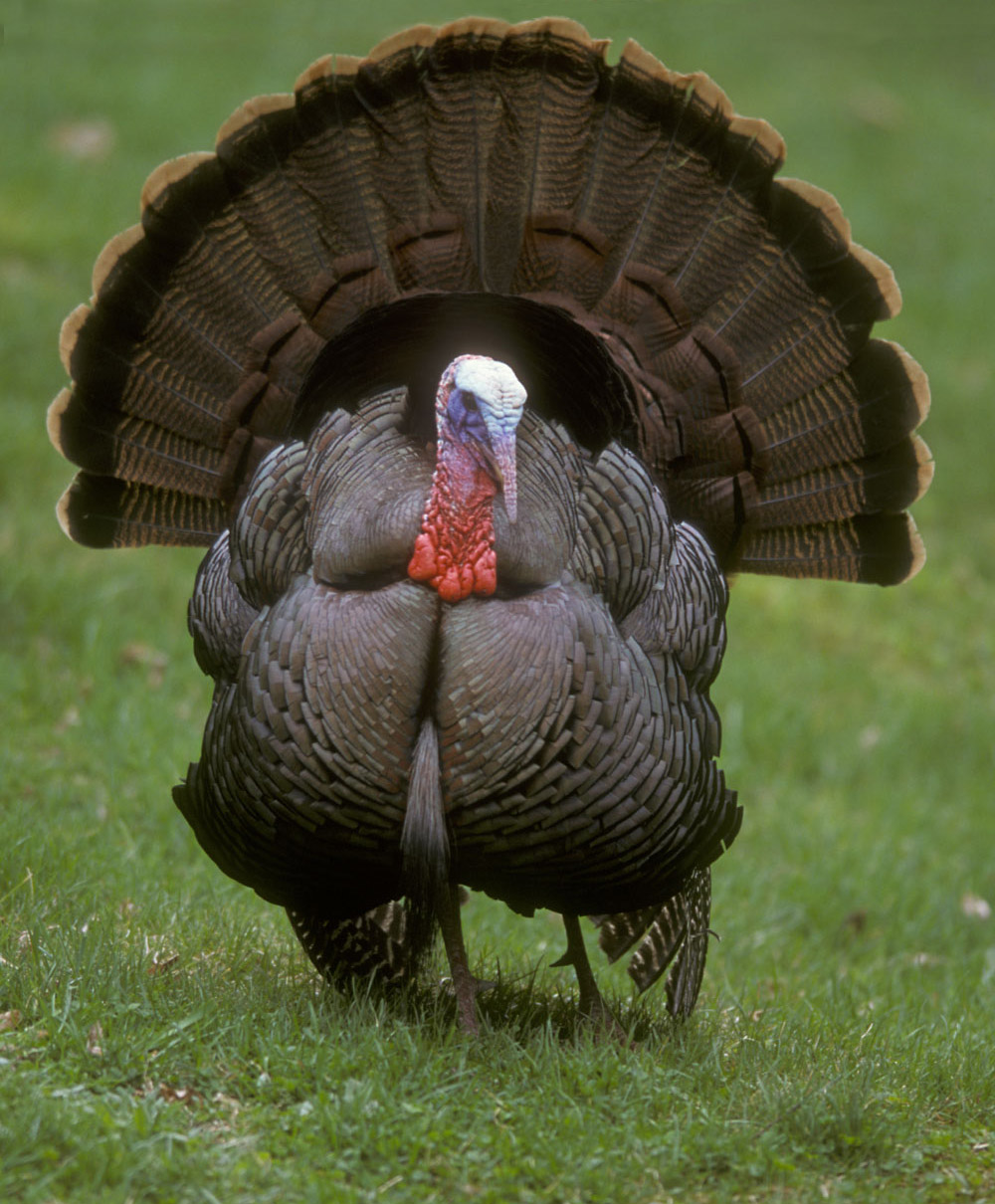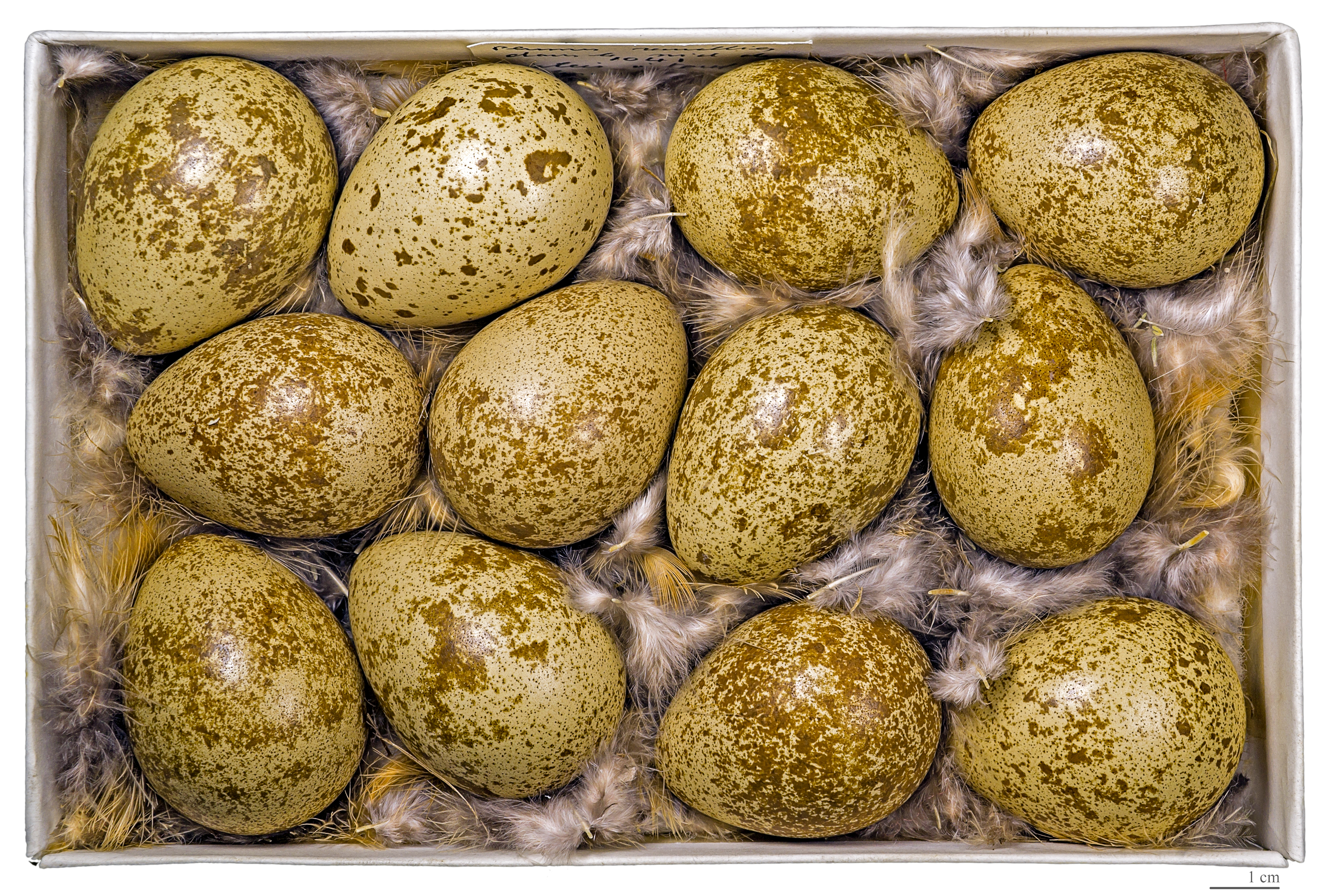|
Stone Partridge
The stone partridge (''Ptilopachus petrosus'') is a bird of the Odontophoridae, New World quail family. This largely brown bird, which commonly holds its tail raised, is found in scrubland and lightly wooded habitats, often near rocks, from Kenya and Ethiopia to Gambia (a large part if its range is in the Sudanian Savanna). Taxonomy The stone partridge was Species description, formally described in 1789 by the German naturalist Johann Friedrich Gmelin in his revised and expanded edition of Carl Linnaeus's ''Systema Naturae''. He placed it with all the other partridge like birds in the genus ''Tetrao'' and coined the binomial nomenclature, binomial name ''Tetrao petrosus''. Gmelin's description was based on the Georges-Louis Leclerc, Comte de Buffon, Comte de Buffon's "Le perdrix de roche ou de la Gambia" and John Latham (ornithologist), John Latham's "Rufous-breasted partridge". The stone partridge is now placed with Nahan's partridge in the genus ''Ptilopachus'' that was introd ... [...More Info...] [...Related Items...] OR: [Wikipedia] [Google] [Baidu] |
Johann Friedrich Gmelin
Johann Friedrich Gmelin (8 August 1748 – 1 November 1804) was a German natural history, naturalist, chemist, botanist, entomologist, herpetologist, and malacologist. Education Johann Friedrich Gmelin was born as the eldest son of Philipp Friedrich Gmelin in 1748 in Tübingen. He studied medicine under his father at University of Tübingen and graduated with a Master's degree in 1768, with a thesis entitled: ', defended under the presidency of Ferdinand Christoph Oetinger, whom he thanks with the words '. Career In 1769, Gmelin became an adjunct professor of medicine at University of Tübingen. In 1773, he became professor of philosophy and adjunct professor of medicine at University of Göttingen. He was promoted to full professor of medicine and professor of chemistry, botany, and mineralogy in 1778. He died in 1804 in Göttingen and is buried there in the Albanifriedhof, Albani cemetery with his wife Rosine Louise Gmelin (1755–1828, née Schott). Johann Friedrich Gm ... [...More Info...] [...Related Items...] OR: [Wikipedia] [Google] [Baidu] |
William Swainson
William Swainson Fellow of the Linnean Society, FLS, Fellow of the Royal Society, FRS (8 October 1789 – 6 December 1855), was an English ornithologist, Malacology, malacologist, Conchology, conchologist, entomologist and artist. Life Swainson was born in Dover Place, St Mary Newington, London, the eldest son of John Timothy Swainson, an original fellow of the Linnean Society of London, Linnean Society. He was a cousin of the amateur botanist Isaac Swainson.Etymologisches Worterbuch der botanischen Pflanzennamen by H. Genaust. Review by Paul A. Fryxell ''Taxon'', Vol. 38(2), 245–246 (1989). His father's family originated in Lancashire, and both his grandfather and father held high posts in Her Majesty's Customs, his father becoming Collector at Liverpool. William, whose formal education was curtailed because of an speech impediment, impediment in his speech, joined the Liverpool Customs as a junior clerk at the age of 14."William Swainson F.R.S, F.L.S., Naturalist and Arti ... [...More Info...] [...Related Items...] OR: [Wikipedia] [Google] [Baidu] |
Birds Of Sub-Saharan Africa
Birds are a group of warm-blooded vertebrates constituting the class Aves (), characterised by feathers, toothless beaked jaws, the laying of hard-shelled eggs, a high metabolic rate, a four-chambered heart, and a strong yet lightweight skeleton. Birds live worldwide and range in size from the bee hummingbird to the common ostrich. There are over 11,000 living species and they are split into 44 orders. More than half are passerine or "perching" birds. Birds have wings whose development varies according to species; the only known groups without wings are the extinct moa and elephant birds. Wings, which are modified forelimbs, gave birds the ability to fly, although further evolution has led to the loss of flight in some birds, including ratites, penguins, and diverse endemic island species. The digestive and respiratory systems of birds are also uniquely adapted for flight. Some bird species of aquatic environments, particularly seabirds and some waterbirds, ... [...More Info...] [...Related Items...] OR: [Wikipedia] [Google] [Baidu] |
Ivory Coast
Ivory Coast, also known as Côte d'Ivoire and officially the Republic of Côte d'Ivoire, is a country on the southern coast of West Africa. Its capital city of Yamoussoukro is located in the centre of the country, while its largest List of cities in Ivory Coast, city and economic centre is the port city of Abidjan. It borders Guinea to the Guinea–Ivory Coast border, northwest, Liberia to the Ivory Coast–Liberia border, west, Mali to the Ivory Coast–Mali border, northwest, Burkina Faso to the Burkina Faso–Ivory Coast border, northeast, Ghana to the Ghana–Ivory Coast border, east, and the Atlantic Ocean's Gulf of Guinea to the south. With 31.5 million inhabitants in 2024, Ivory Coast is the List of African countries by population, third-most populous country in West Africa. Its official language is French language, French, and indigenous languages are also widely used, including Bété languages, Bété, Baoulé language, Baoulé, Dyula language, Dyula, Dan language, Da ... [...More Info...] [...Related Items...] OR: [Wikipedia] [Google] [Baidu] |
IUCN Red List
The International Union for Conservation of Nature (IUCN) Red List of Threatened Species, also known as the IUCN Red List or Red Data Book, founded in 1964, is an inventory of the global conservation status and extinction risk of biological species. A series of Regional Red Lists, which assess the risk of extinction to species within a political management unit, are also produced by countries and organizations. The goals of the Red List are to provide scientifically based information on the status of species and subspecies at a global level, to draw attention to the magnitude and importance of threatened biodiversity, to influence national and international policy and decision-making, and to provide information to guide actions to conserve biological diversity. Major species assessors include BirdLife International, the Institute of Zoology (the research division of the Zoological Society of London), the World Conservation Monitoring Centre, and many Specialist Groups w ... [...More Info...] [...Related Items...] OR: [Wikipedia] [Google] [Baidu] |
Gamebird
Galliformes is an order of heavy-bodied ground-feeding birds that includes turkeys, chickens, quail, and other landfowl. Gallinaceous birds, as they are called, are important in their ecosystems as seed dispersers and predators, and are often reared by humans for their meat and eggs, or hunted as game birds. The order contains about 290 species, inhabiting every continent except Antarctica, and divided into five families: Phasianidae (including chicken, quail, partridges, pheasants, turkeys, peafowl (peacocks) and grouse), Odontophoridae (New World quail), Numididae (guinea fowl), Cracidae (including chachalacas and curassows), and Megapodiidae (incubator birds like malleefowl and brush-turkeys). They adapt to most environments except for innermost deserts and perpetual ice. Many gallinaceous species are skilled runners and escape predators by running rather than flying. Males of most species are more colorful than the females, with often elaborate courtship behav ... [...More Info...] [...Related Items...] OR: [Wikipedia] [Google] [Baidu] |
Red-legged Partridge
The red-legged partridge (''Alectoris rufa'') is a gamebird in the pheasant family Phasianidae of the order Galliformes, gallinaceous birds. It is sometimes known as French partridge, to distinguish it from the English or grey partridge. The genus name is from Ancient Greek ''alektoris'' a farmyard chicken, and ''rufa'' is Latin for red or rufous. It is a rotund bird, with a light brown back, grey breast and buff belly. The face is white with a black gorget. It has rufous-streaked flanks and red legs. When disturbed, it prefers to run rather than fly, but if necessary it flies a short distance on rounded wings. This is a seed-eating species, but the young in particular take insects as an essential protein supply. The call is a three-syllable ''ka-chu-chu''. Taxonomy The red-legged partridge was formally described in 1758 by the Swedish naturalist Carl Linnaeus in the tenth edition of his ''Systema Naturae'' under the binomial name ''Tetrao rufus''. Linnaeus designated the ... [...More Info...] [...Related Items...] OR: [Wikipedia] [Google] [Baidu] |
Alectoris
''Alectoris'' is a genus of partridges in the family Phasianidae, closely related to Old World quail (''Coturnix'' and relatives), snowcocks (''Tetraogallus''), partridge-francolins (''Pternistis''), bush quail (''Perdicula''), and sand and see-see partridges (''Ammoperdix''). Members of the genus are known collectively as rock partridges (a name that also refers to one species in particular, ''Alectoris graeca''). The genus name is derived from the , meaning "chicken" or "farmyard fowl". Their fossils date back to the early Pleistocene, with extant representatives in southern Europe, North Africa and Arabia, and across Asia in Pakistan to Tibet and western China. Taxonomy The genus ''Alectoris'' was introduced in 1829 by German naturalist Johann Jakob Kaup to accommodate a single species ''Perdrix petrosa'', a junior synonym of ''Perdix barbara'' Pierre Joseph Bonnaterre, Bonnaterre, 1790, the Barbary partridge, which is therefore the type species by monotypy. The genus name is ... [...More Info...] [...Related Items...] OR: [Wikipedia] [Google] [Baidu] |
Alectoris Graeca
The rock partridge or common rock partridge (''Alectoris graeca'') is a gamebird in the pheasant family, Phasianidae, of the order Galliformes (gallinaceous birds). It is native to southern Europe, and is closely related and very similar to its eastern equivalent, the chukar partridge, ''A. chukar''. Habitat It is a resident breeder in dry, open and often hilly country. Breeding It nests in a scantily lined ground scrape laying 5–21 eggs. Diet The rock partridge takes a wide variety of seeds and some insect food. Description The rock partridge is a rotund bird, with a light brown back, grey breast and buff belly. The face is white with a black gorget. It has rufous-streaked flanks and red legs. When disturbed, it prefers to run rather than fly, but if necessary it flies a short distance on rounded wings. It is very similar to the chukar partridge, but is greyer on the back and has a white, not yellowish foreneck. The sharply defined gorget distinguishes this species from red ... [...More Info...] [...Related Items...] OR: [Wikipedia] [Google] [Baidu] |
William Robert Ogilvie-Grant
William Robert Ogilvie-Grant (25 March 1863 – 26 July 1924) was a Scottish ornithologist. Early life and education Grant was born on 25 March 1863 as the second son of Capt. the Hon. George Henry Essex Ogilvy-Grant, of Easter Elchies, Craigellachie, Scotland, of the 42nd Regiment of Foot, 42nd Highlanders, sixth son of Francis Ogilvy-Grant, 6th Earl of Seafield, and daughter of Sir William Gordon-Cumming, 2nd Baronet. Ogilvie-Grant was educated at Fettes College, Edinburgh, where he studied zoology and anatomy. He also studied at Cargilfield Preparatory School. Career In 1882 he became an Assistant at the Natural History Museum, London, Natural History Museum. He studied ichthyology under Albert C. L. G. Günther, and in 1885 he was put in temporary charge of the Ornithological Section under Richard Bowdler Sharpe's visit to India. He remained in that department, eventually becoming Curator of Birds from 1909 to 1918. He also succeeded Bowdler Sharpe as editor of the ''Bull ... [...More Info...] [...Related Items...] OR: [Wikipedia] [Google] [Baidu] |
Oscar Neumann
Oscar Rudolph Neumann (3 September 1867 in Berlin – 17 May 1946 in Chicago) was a German ornithology, ornithologist and naturalist who explored and collected specimens in Africa. He fled via Cuba and settled in the United States to escape Nazi persecution of Jews. Neumann's starling (''Onychognathus neumanni'') and several other species are named after him. Neumann was born in wealthy Jewish family, the son of Maximilian and Anna née Meyer. A younger sister of his was Elsa Neumann (1872-1902) who became one of the first physics doctorates from Berlin University. Another sister Alice was a sculptor. He travelled to German East Africa across Tanganyika, Uganda and Kenya in 1892 and collected for the Berlin Museum publishing descriptions. In 1899 he accompanied Baron Carlo von Erlanger through Somaliland and southern Ethiopia, collecting birds that went to Lord Walter Rothschild, 2nd Baron Rothschild, Walter Rothschild's bird collection in Tring. In 1915 he went to New Guinea a ... [...More Info...] [...Related Items...] OR: [Wikipedia] [Google] [Baidu] |








